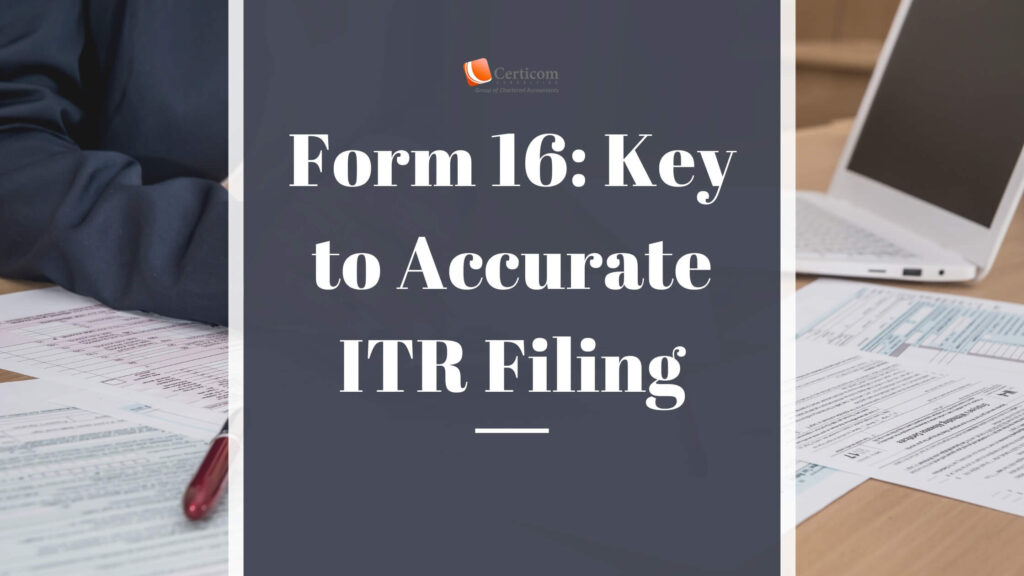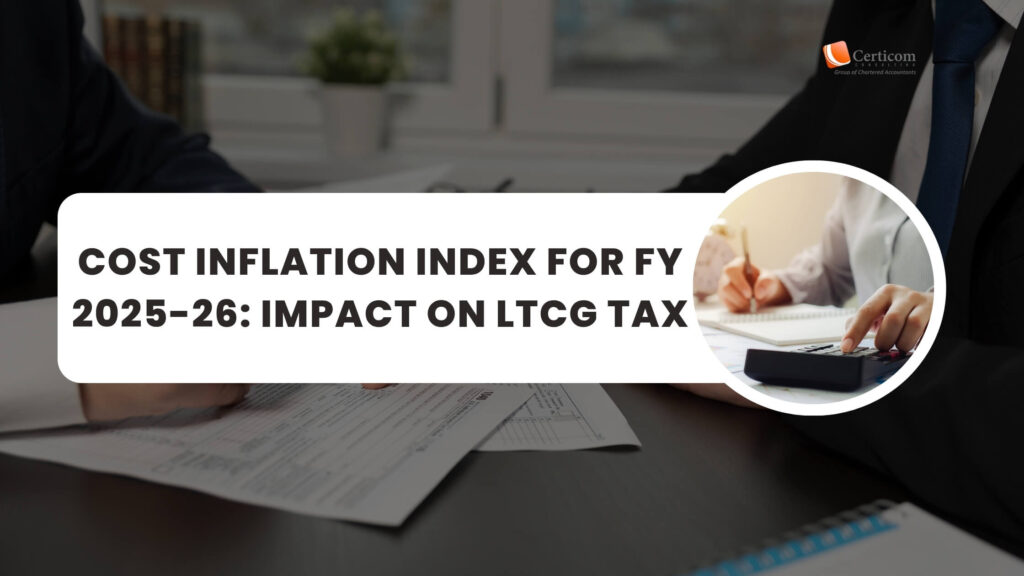GST Action Points for FY 2023-24: Key Considerations Before Filing October 2024 Returns

The Indian government continues to streamline GST compliances, with most legal cases now focusing on data discrepancies rather than legal interpretation. This makes it critical for businesses to enhance their indirect tax compliance efforts. October 2024 holds particular significance for GST taxpayers as it is the last month to rectify any errors made while filing GST returns for FY 2023-24. As the deadline approaches, businesses should carefully review the following crucial action points before closing their books of accounts and filing GST returns:
1. Outward Supplies
Reconciliation of Outward Supplies
Ensure that outward supplies, including other income, as per your books of accounts, align with GSTR-1 and GSTR-3B. Any discrepancies should be addressed either in the books or in the GST returns.
- Note: Disclose exempt income like interest and non-taxable supplies in the GST returns.
E-Invoice Compliance
Reconcile tax invoices, credit notes, and debit notes with the e-invoice portal to confirm that the Invoice Reference Number (IRN) has been generated for all applicable supplies (B2B, exports, SEZ). Failure to generate an IRN invalidates the invoice and may attract penalties under the GST Act.
Asset Disposal
Cross-check disposal details from the fixed assets register with GST return disclosures and reconcile any differences accordingly.

E-Way Bill Reconciliation
Cross-check disposal details from the fixed assets register with GST return disclosures and reconcile any differences accordingly.
E-Way Bill Reconciliation
For goods suppliers, match e-way bill data with the GST returns and your books of accounts. Goods moved without a valid e-way bill could result in penalties during departmental audits.
Debit and Credit Notes
Reconcile all debit and credit notes issued during the year with GSTR-1 and GSTR-3B. Ensure that these notes are correctly linked to the respective invoices, as this will be reviewed during audits.
Financial Credit Notes
Document the reasons for any financial credit notes issued and ensure they are recorded accurately.
Export Reconciliation
Reconcile shipping bill details with GSTR-1 data and check for discrepancies. Also, match export data with the ICEGATE portal.
Service Advances
For service suppliers, reconcile advances received and adjusted as per your books with GSTR-1 and GSTR-3B. GST should be paid on any advance received.
NIL, Exempt, and Non-GST Supplies
Match NIL-rated, exempt, and non-GST turnover in the books with your GST return disclosures.
HSN Code Reconciliation
Ensure the HSN codes reported in GSTR-1 for FY 2023-24 match those in your books, as this will assist with GSTR-9 filing
Rectification of Errors
October 2024 GSTR-1 is the final return to correct any mistakes in reporting invoices, credit, or debit notes for FY 2023-24.
Issuing Credit Notes
If tax credit notes need to be issued for invoices from FY 2023-24, October 2024 is the last month to issue them and report them in the GST returns.
2. Inward Supplies
ITC Reconciliation
If tax credit notes need to be issued for invoices from FY 2023-24, October 2024 is the last month to issue them and report them in the GST returns.
Vendor Communication
Ensure your vendors report all supplies not reflected in your GSTR-2B but for which you’ve received goods or services.
Unclaimed ITC
Any ITC not yet claimed but available in GSTR-2B should be booked in October 2024 and claimed by the 30th of November.
Common ITC Reversal
Calculate and reverse common ITC as required by GST rules, especially if exempt income is involved.
Supplier Payment Compliance
Ensure supplier payments are made within 180 days, or reverse the ITC with interest and reclaim it later.
Ineligible ITC
Any ineligible ITC should be reported in Table 4(B)(1) of GSTR-3B, and if availed and utilized, it must be reversed with interest.
ITC Reversal and Reclaim
Review past reversals of ITC and reclaim where eligible, with appropriate reporting by the 30th of November 2024.
ITC on Inputs and Capital Goods
Ensure that ITC for inputs and capital goods is separately recorded for disclosure in Table 6 of GSTR-9.
Blocked ITC
Verify if any ITC has been claimed on blocked items under Section 17(5) of the CGST Act. Any such ITC must be reversed with interest.
3. Reverse Charge Mechanism (RCM)
RCM Liabilities
Review expenses subject to RCM, including director fees, legal services, security, and rentals, and ensure that corresponding GST liabilities have been discharged.
Foreign Services
Ensure that RCM has been applied on all import of services, and reconcile these with the GST returns.
Self-Invoicing
Check that self-invoices have been issued for unregistered supplies under RCM.
Reversing Ineligible RCM ITC
Ensure that ineligible ITC under RCM is properly reversed and expensed off in your accounts.
4. GST Payable/Receivable Balances
Ledger Reconciliation
Match the net GST receivable/payable in your books with the balances in the electronic credit and cash ledgers.
Refund Adjustments
While reconciling, consider any refunds filed or received during the year.

5. Additional Considerations
Cross-Charging ITC
Identify common expenses incurred for related or distinct persons and appropriately cross-charge these expenses for GST purposes.
Corporate Guarantees
Ensure proper valuation and GST payment for corporate guarantees provided to group companies.
Head Office Expenses
If the head office incurs expenses for branches, these should be cross-charged, and ITC claimed by the respective branches.
Correcting Tax Head Errors
If taxes were paid under the wrong head (CGST+SGST instead of IGST or vice versa), ensure corrections are made, and refunds claimed without interest.
Supplier Compliance
Conduct a thorough check of supplier compliance with GST return filing to avoid any penalties or issues during audits.
October 2024 presents the final opportunity for businesses to rectify their GST filings for FY 2023-24. By taking these key action points into account, businesses can ensure compliance, avoid penalties, and set the stage for a smoother tax process in the coming financial year.
Related Post
Form 16: Key to Accurate ITR Filing
Cost Inflation Index for FY 2025-26: Impact on LTCG Tax
Book A One To One Consultation Now For FREE
How can we help? *




